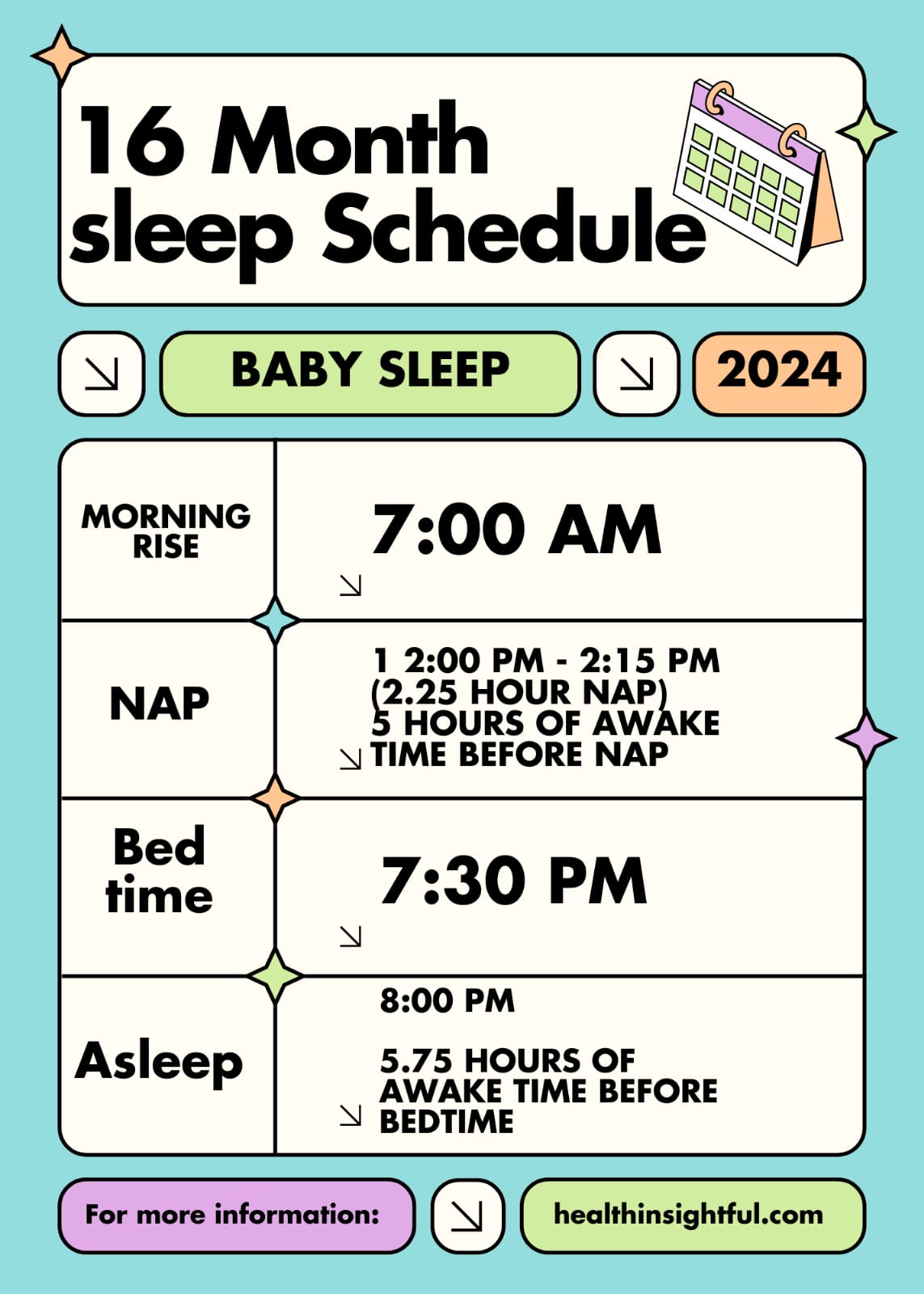A greater challenge involves the daycare facilities, where putting kids to sleep is a task. Contrariwise, letting them take more and comfortable naps will help in growth and development. Whether you are a parent or a child caregiver, this article has got you covered if you are concerned about increasing the nap times. This article presents the daycare longer nap secret under wraps with very practicable SEO-optimized strategies.
Why Longer Daycare Naps Matter
Before talking about those strategies, it is important to understand why long naps are a must-especially in a daycare setting. Good-quality sleep contributes toward the child’s physical growth, mental development, and emotional controls. A well-slept child will be more attentive and less ill-tempered; therefore, he will join other activities during the day with greater willingness. This makes not only the child happier but also the daycare environment easier to handle for caregivers.
1. Put Them on a Pattern of Sleep Schedule

A routine sleep schedule is perhaps the most promising method that can help babies sleep longer at daycare. Babies generally love predictability, and a regular sleeping schedule serves as an indication that this exact time of day or night is for sleeping. To be able to do that, you have to create a regular pattern for naptime every day and try to stick to it as much as possible. Add to it relaxing activities, like reading books, soft music, or just a session of gentle rocking during the naptime routine. With this kind of behavior over time, the child will start developing the signal that now it is time to sleep.
2. Provide a Suitable Sleeping Environment
The sleeping environment will play a significant role in your child’s quality and length of nap. To make the sleep environment better, do the following:
- Noise: White noise machines or fans should be used to tone down the background noises that wake the child up.
- Darkness: Blackout curtains or shades should be utilized to keep the room dark as it would be at nighttime.
- Comfortable Bedding: Make the sleeping place comfortable; pay attention to proper bedding. The bedding should not be soft; there is also a risk for infants with loose blankets or pillows.
- Temperature of the Room: The room must be kept neither too hot nor too cold for comfortability of the baby.
3. Sleep Associations
Sleep associations are the conditions a child learns to associate with falling to sleep. Good sleep associations help kids fall asleep faster and sleep better. Introduce some soothing sleep associations, like a lovey, a soft toy, or even a pacifier for the small ones. These things will give them some comfort hence making them transition well into sleep.
4. Watch Nap Length and Timing
Timing and length of naps make quite a difference. Younger children may have multiple, shorter naps, while older toddlers may be able to sustain with one longer nap. It is very important to observe the sleeping pattern of the child and modify the nap accordingly.
- Morning Nap: Infants and younger toddlers will benefit from this nap around 9 to 10 a.m., which keeps them away from overtiredness.
- Afternoon Naps: For older toddlers, they will remain a bit longer after lunch, sleeping in between 1 to 2 p.m.
- Nap Time: Naptime should be based on the age of the child; for example, babies may need to nap more than once and put in about 3-4 hours in total, while toddlers just need about 1-2 hours of naps in general.
5. Bring Exercise Before Nap Time
Physical activities before naptime can wear a child out and make them sleep faster and longer. Active playtimes are best in the morning and early afternoon so that at nap time children do not have much energy left. These include playgrounds, dancing, and structured games which include physical activities.
6. Watch out for Overstimulation
It is okay, but one needs to exercise much caution not to overstimulate a child during this period. This only makes it very hard for them to come down and relax. Try to make sure there are no loud noises, bright lights, or stimulating activities in the 30-minute timeframe before nap time. Your focus instead needs to be on more relaxed activities with which you may provide opportunities for the children to quiet down.
7. Account for Individual Needs of Sleep
Just like their need for sleep, every child is different. Some may require more while some require less. This may be the flexibility that needs to be applied in order to fit their constantly changing needs of naptime schedules. Pay attention to each child’s cues for sleep such as yawning, rubbing eyes, or crankiness, and adjust the nap time based on those. This often leads to a longer and quality nap.
8. Create Sense of Security
Children sleep better if they are secure. A healthy relationship between them and their caregivers provides a sense of security among children. Gentle reassurances, soft tones of voice, and predictability of interaction help the child feel comfortable enough to sleep.
9. Provide a Healthy Snack Before Nap

A light, healthy snack before naptime can prevent hunger from awakening a child too early in the day. Steer away from sugary snacks as they raise this energy level. Offer snacks that will help induce sleep such as:
- Bananas: Ripped full of magnesium and potassium, these fruits will relax the muscles.
- Whole-Grain Crackers: The complex carbohydrates helps raise levels of serotonin.
- Warm Milk: Holds tryptophan to induce sleep.
10. Communicate with Parents
Good communication and an understanding of such information about a child’s sleeping pattern by the caregivers and the parents, thus enabling them to make good adjustments in this respect. The napping habits of the child both inside and outside daycare can be discussed in order to have a cohesive approach toward helping him or her. For example, given the opportunity, parents could also give suggestions regarding which strategies work best for their children, thus helping them apply such tactics to achieve good nap times in daycare.
Conclusion
Longer day care naps are achievable with the right strategies in place and a bit of patience. Some of the ways caregivers help children enjoy longer, even more restorative naps, include a well-patterned sleeping routine, comfort in the sleeping environment, and consideration of each child’s unique sleep needs. This will inadvertently create a conducive atmosphere in daycare facilities and will benefit the wellbeing of the child. With these effective tips, you will be well on your way to making nap time one of the most serene moments in the daycare day.
Remember, consistency is key, and every child may need to take just a slightly different tack. Pay attention to what each child needs, and make adjustments in your strategy accordingly-abracadabra, and you’re in on the secret to longer daycare naps in no time.










